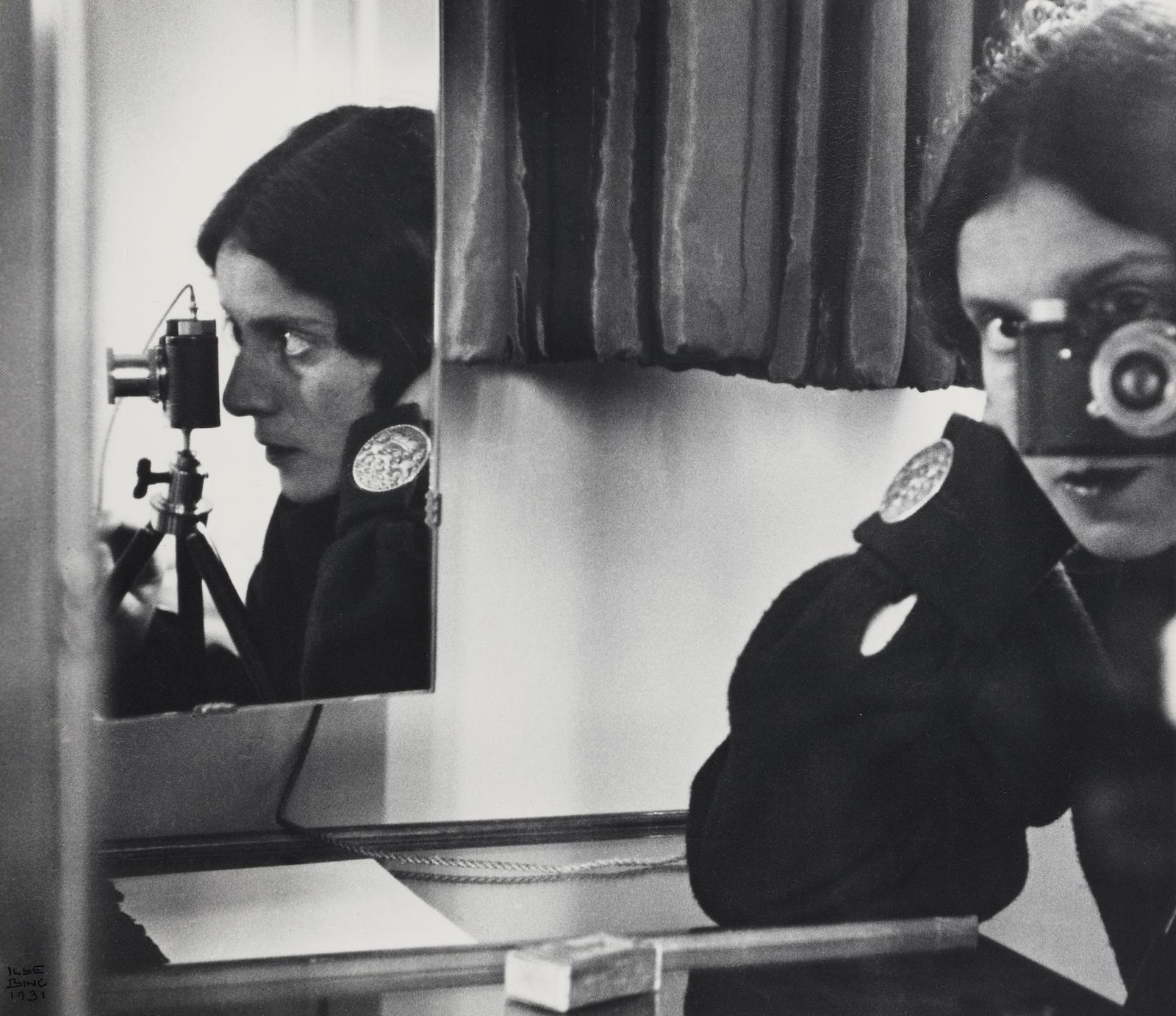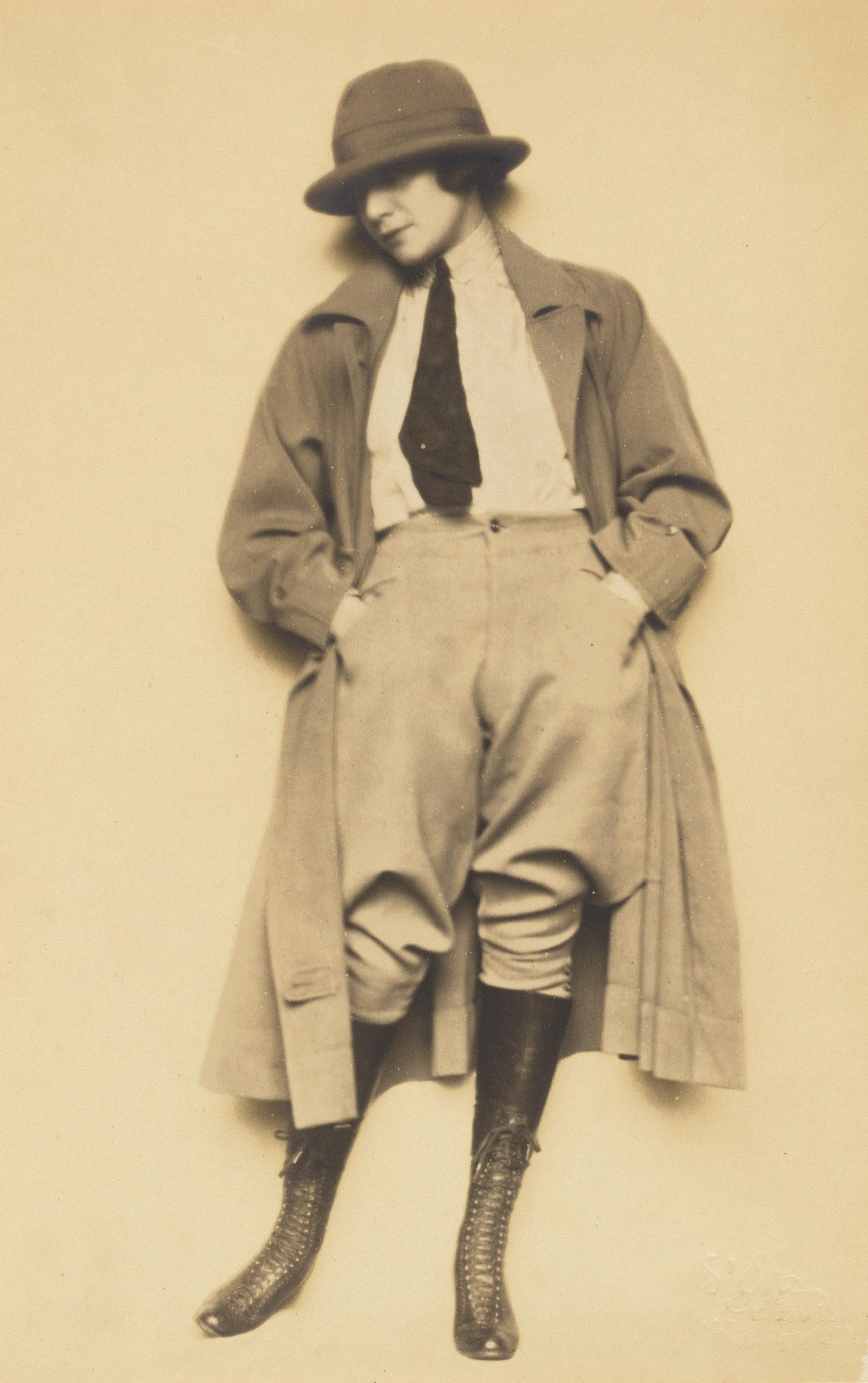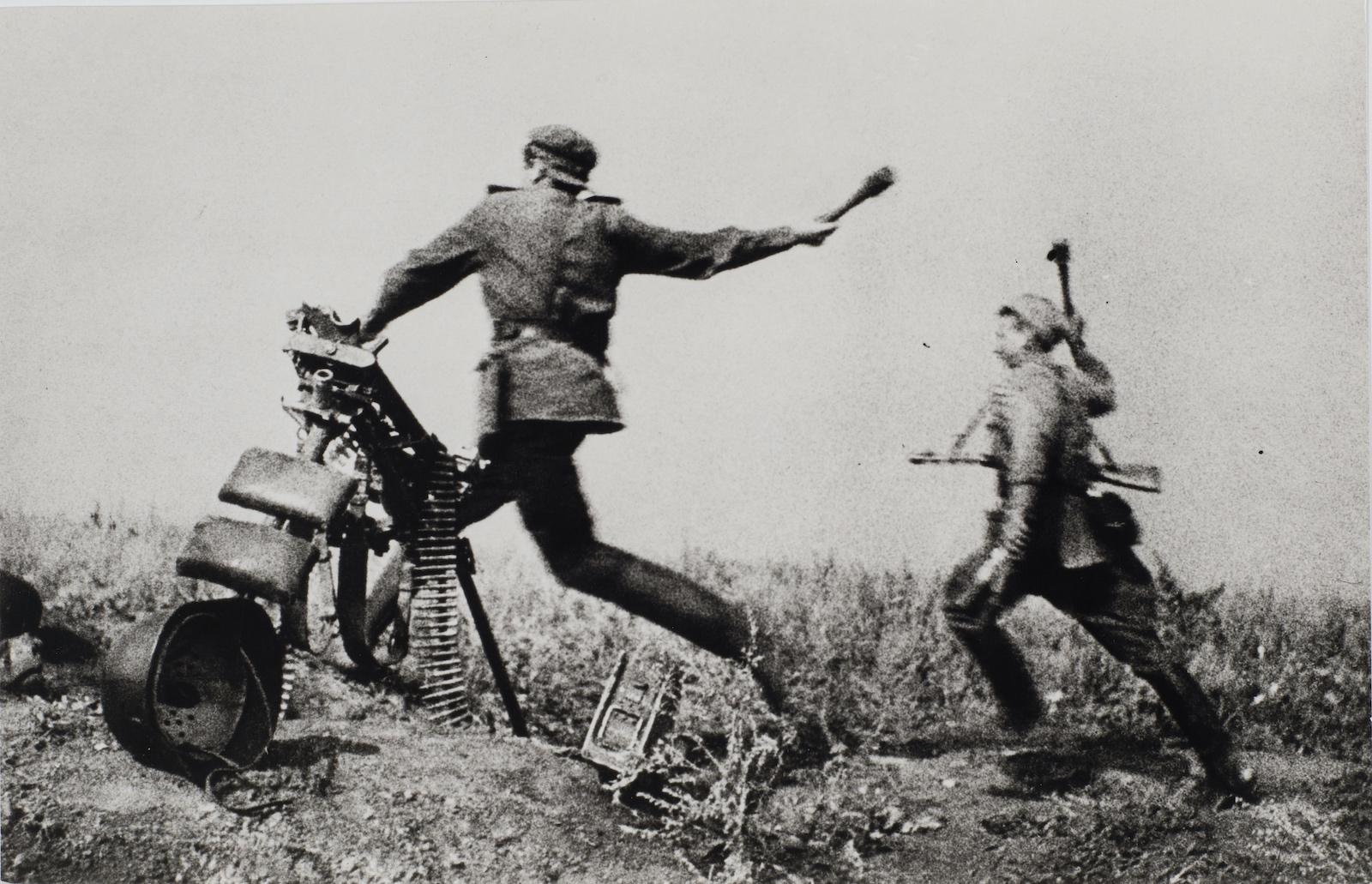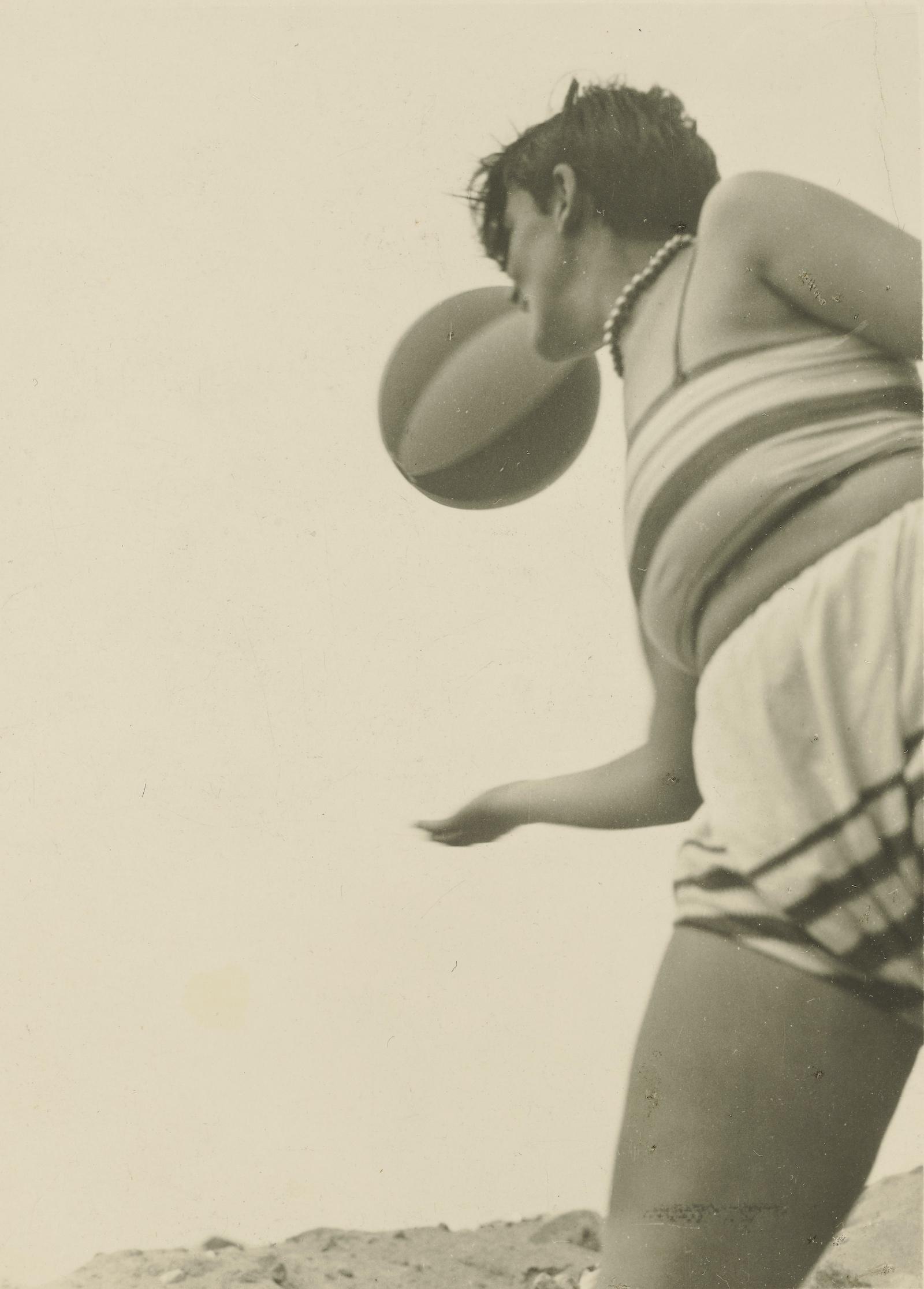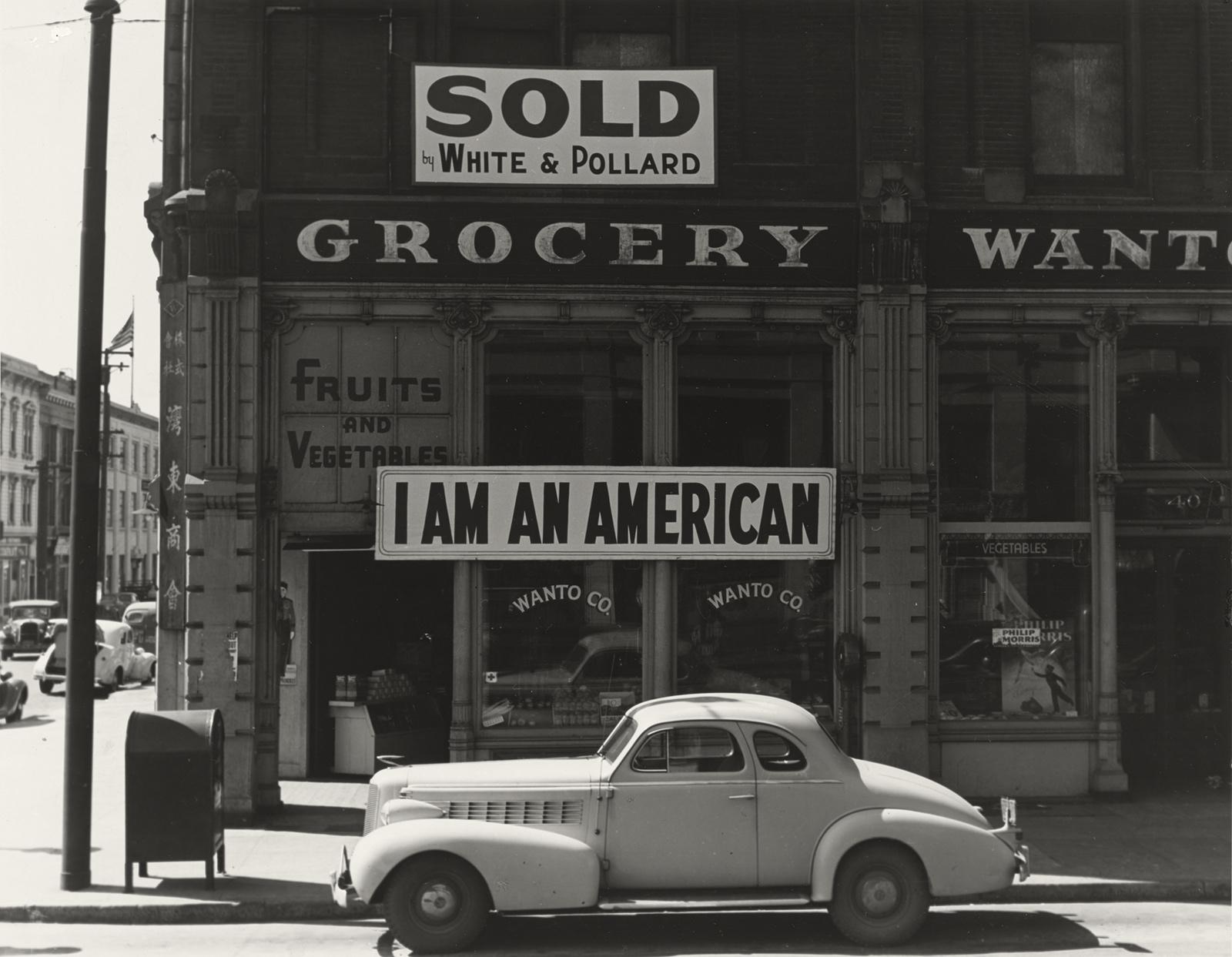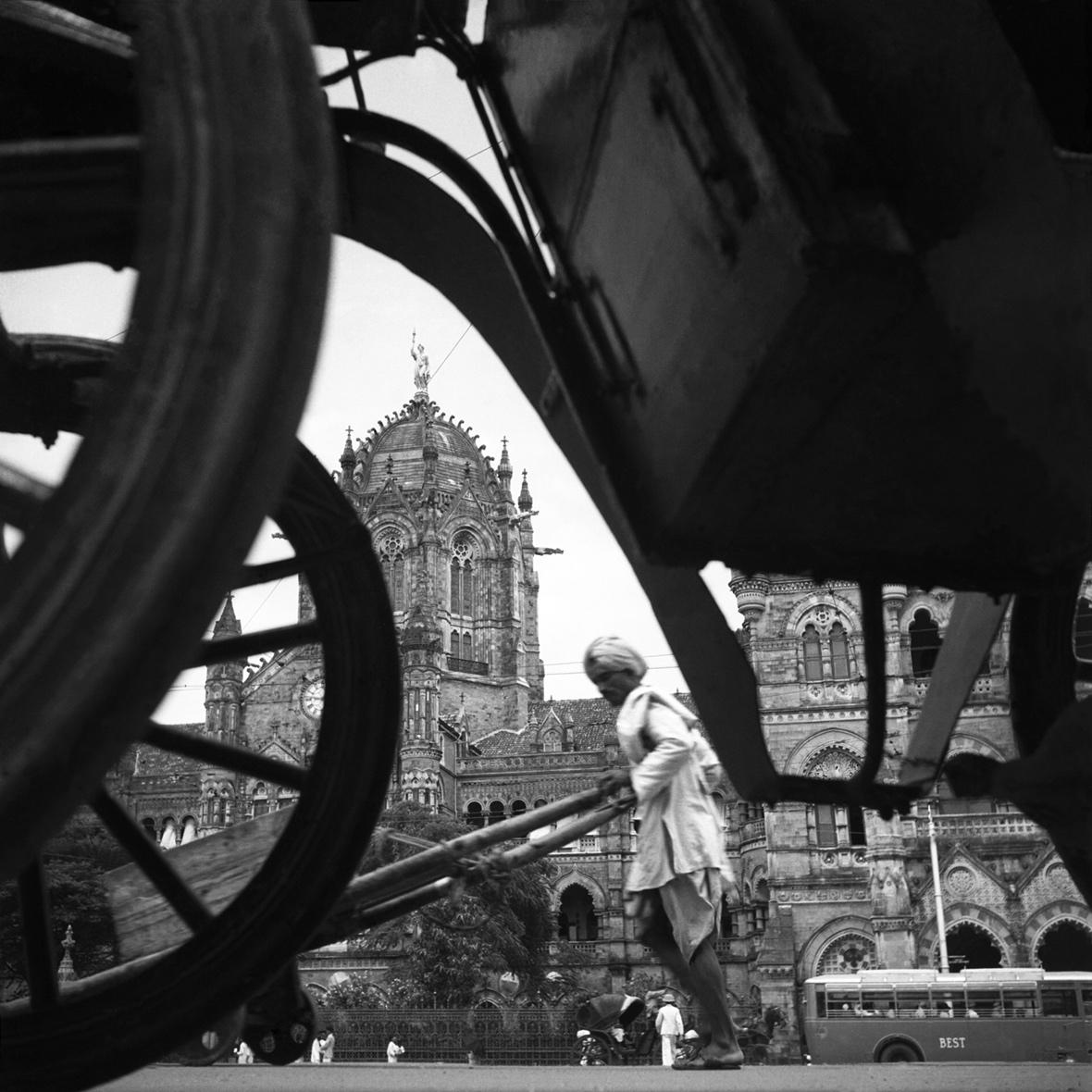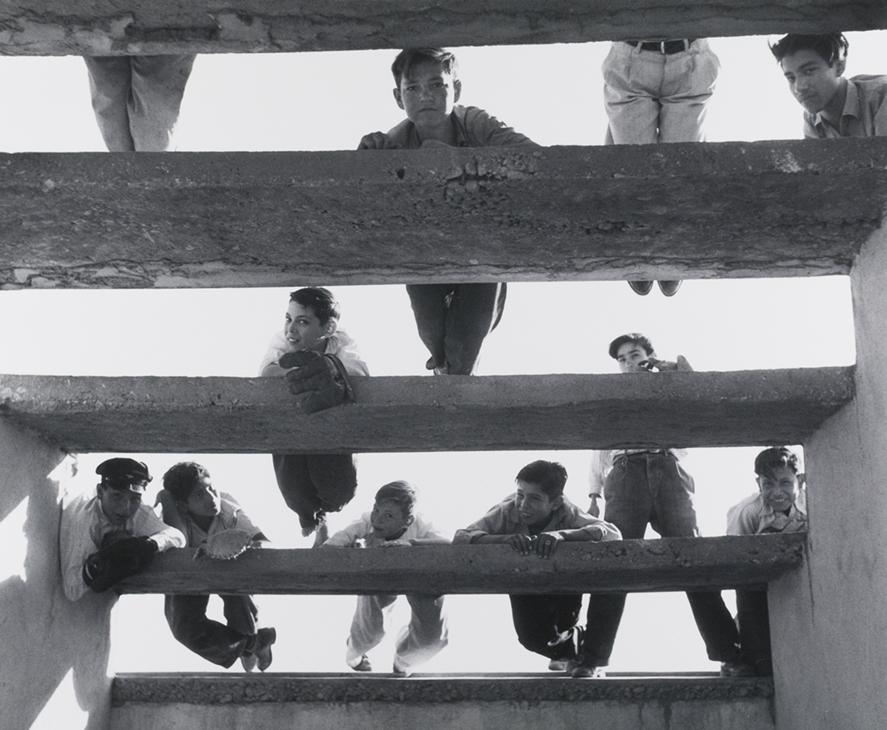The concept of the “new woman” emerged in the 1920s and was embraced in many places across the world. Although hard to define, she was an independent, educated, and autonomous woman who wanted to bring radical changes in her society. Her clothes reflected this attempt by becoming more practical and less restrictive. Corsets were abandoned in favor of trousers and more casual outfits that could be worn while running errands, cycling, or working.
Hair was cut in the shape of short bobs and pixie cuts, blurring the boundaries between feminine and masculine. Through literature, painting, and photography, women were subverting society’s expectations, challenging artistic conventions, and asserting themselves. The camera became one of the preferred tools through which women looked outwards, towards society and the world, and inwards at themselves.




